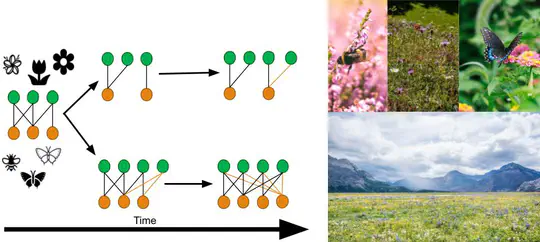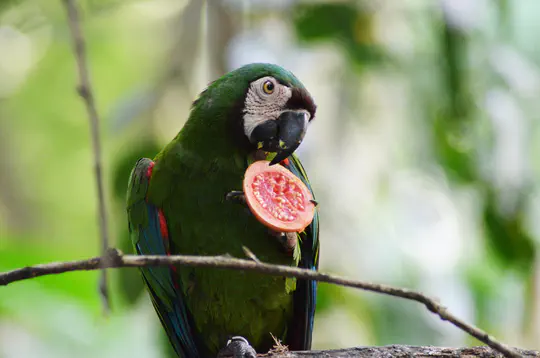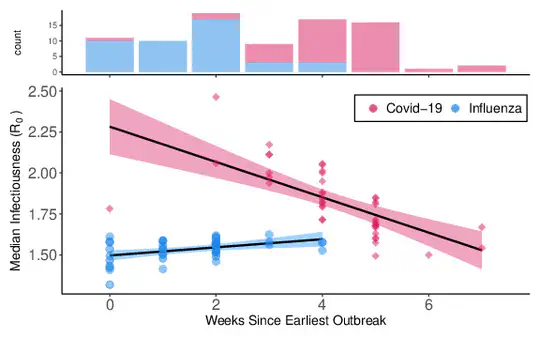Biography
I’m Grant Foster, a quantitative ecologist at the University of South Carolina under Dr. Tad Dallas. I’m interested in undergraduate ecology education, and hope to be able to pursue a tenure-track teaching position following graduation from my PhD. I’m also interested in other things, including integrating computational data science with Ecology and modeling species interaction networks. Outside of research, I enjoy spending time outside with my dog, gardening, and recording wildlife using ebird and iNaturalist-feel free to connect with me there if you’re interested!
- Undergraduate Biology/Ecology Education
- Ecological Networks
- Theoretical Ecology
- Community Assembly Dynamics
- Disease Ecology
PhD, Biological Sciences (in progress), 2016-present
University of South Carolina
BSc in Ecology; BSc in Biology, 2016
University of Georgia
Skills
Learning!
Projects
Recent Publications
Recent & Upcoming Talks
Contact
Send me a message using this form, or send me an email directly at the address below!
- fostergt"at"email.sc.edu
- 700 Sumter Street, Office EWS 601, Columbia, SC 29208













